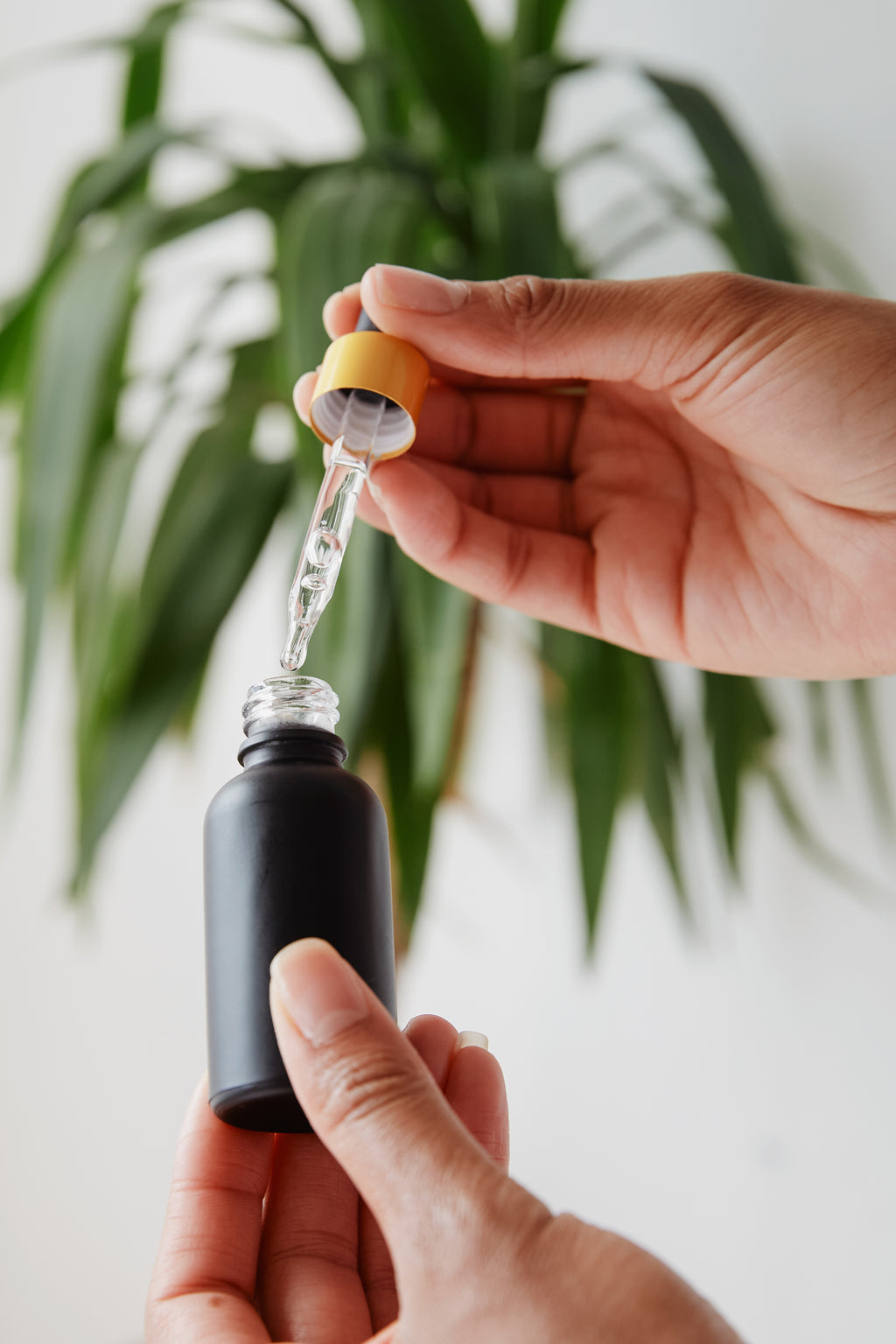We continue to consider active ingredients in cosmetic products. And today it's time to touch on the topic of pro- and prebiotics. You are probably familiar with these terms at least from yogurt advertisements, which talk about their benefits for the intestinal microflora. However, the potential of probiotics was also seen in the cosmetic industry. What effect do these components have on the skin, who are they suitable for and how to recognize them in the composition of the products? Let's figure it out together.
A few words about the skin microbiome
It is probably no secret to you that many bacteria, viruses and other microorganisms "live" in our body. Yes, the association, to put it mildly, is not very good. After all, the first thing that comes to mind at this moment is something harmful and something that must be fought against. However, it is worth understanding that not all microorganisms are pathogenic and dangerous - many of them stand guard over our health. The so-called "good ones". And their totality constitutes our microbiome.
All these bacteria and viruses live not only inside our body (in the gastrointestinal tract, for example), but also outside. And they also provide skin immunity, protecting it from pathogenic microorganisms. For the natural protective barrier of the skin to work harmoniously, the ratio of "good" and "bad" policemen must be in balance. However, ecology, lifestyle, bad habits, improper skin care and even nutrition disrupt this harmony, reducing the number of the former. And, as a result, allowing the latter to act on the skin with minimal or almost no resistance. A decrease in the protective function threatens with irritation, allergic reactions, acne, rosacea, eczema and other skin problems.
Pro- and prebiotics are used in cosmetics to preserve and maintain the natural barrier of the skin. They "patch holes" in the protective system of the dermis, help to restore the natural shield against the effects of harmful microorganisms and contribute to skin regeneration. Despite the fact that both of these concepts technically serve the same purpose (and differ only by one letter), they are still different components. Let's figure out what and why it is needed.
Probiotics: what are they and what function do they perform?
So, probiotics are precisely the same benevolent microorganisms and bacteria that inhabit our body and, in the right ratio, provide an effective protective function. Although they have long been used to normalize the intestinal microflora (remember how we recover after a course of antibiotics or dysbiosis), scientists discovered their beneficial properties for the skin relatively recently.
If the microbiome of the dermis is disturbed and the number of "bad" and "good" bacteria does not meet the norm, it can be brought to balance by introducing "peacemakers" (that is, beneficial bacteria) contained in cosmetic products. That is why today you can find many products with probiotics - creams, foams for washing, serums, masks, etc. In the composition, they are indicated as Lactobacillus, Lactoccocus, Microccocus or Bifida Ferment Lysate.
How do cosmetics with probiotics "work":
- restores the number of beneficial microorganisms on the surface of the skin;
- strengthens the protective function of the dermis;
- prevents the reproduction of pathogenic bacteria and viruses;
- increases the immunity of the skin and protection against the negative effects of the environment;
- promotes regeneration and healing.

What are prebiotics for?
Prebiotics are not microorganisms, but rather "fertilizer" for them. They provide optimal conditions for the life of probiotics and, in fact, are their nutrient medium. The main task of prebiotics is to increase the number of beneficial bacteria and, as a result, restore the microbiome and protective functions of the skin. In the composition of cosmetics, they are indicated as Xylitol, Inulin, Rhamnose, Glucomannan, Sucrose, Glucose, Fructose, Maltodextrin, Oligosaccharide and Alpha-Glucan Oligosaccharide.
Functions of prebiotics in cosmetics:
- is a nutrient for probiotics inhabiting the surface of the skin,
- stimulate the growth of bacterial flora,
- restore the balance of the microbiome and activate it,
- soothe and heal irritation, inflammation.

Why is it worth introducing pro- and prebiotics into care
So, we found out that probiotics are the "good" microorganisms that support our skin's immunity, and prebiotics are the "fuel" for them. Who will benefit from this "cocktail" and what problems it can solve:
- Restoring the protective function of the dermis, the combo of pro- and prebiotics is great for sensitive, problem and reactive skin. It is also effective in the fight against acne, atopic dermatitis, seborrhea, eczema and couperosis.
- For the regeneration and restoration of the natural skin barrier after cosmetic procedures: mechanical and chemical peelings, cleansing, etc. The use of products with Lactobacillus in the composition will help to calm the skin faster and get rid of redness and irritation.
- For the prevention and support of the skin microbiome, it will be useful for all those who suffer from stress and lack of sleep, have hormonal disorders and eat improperly, as well as residents of megacities.

